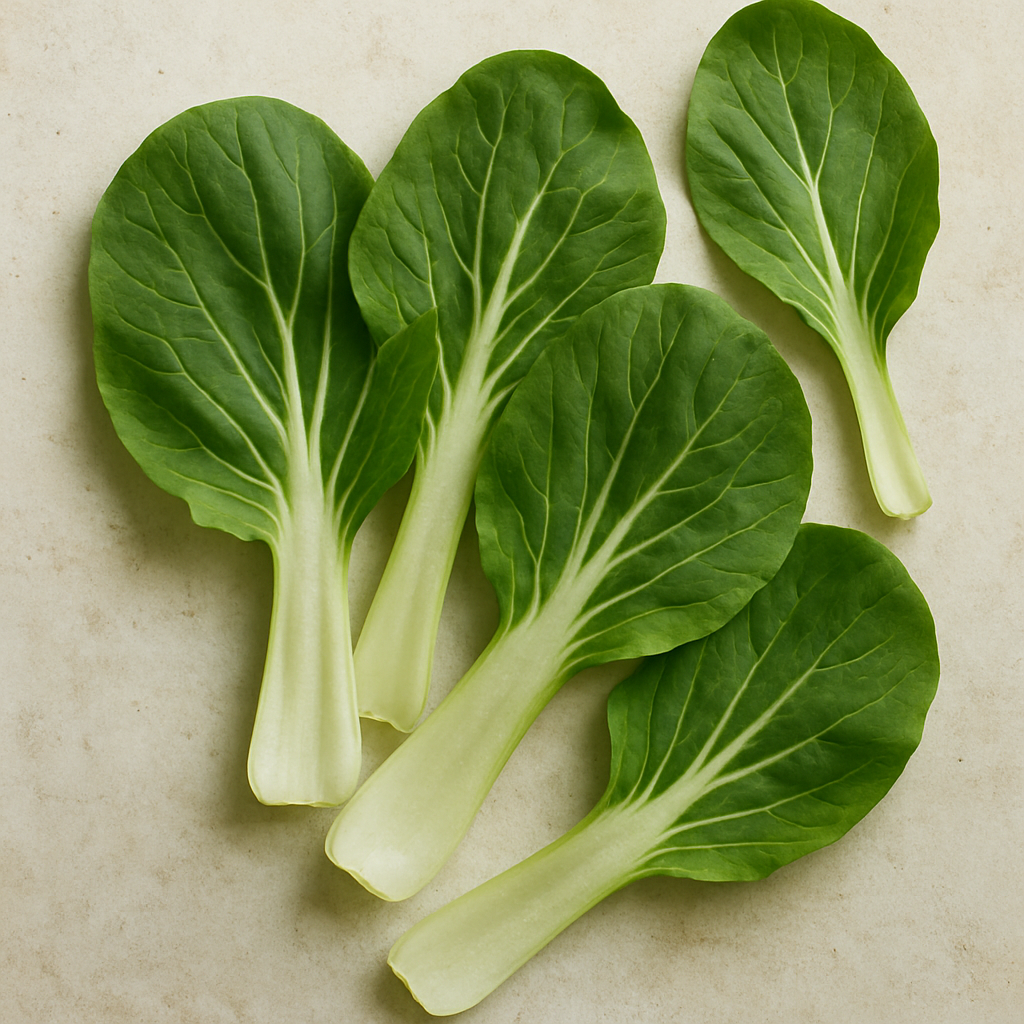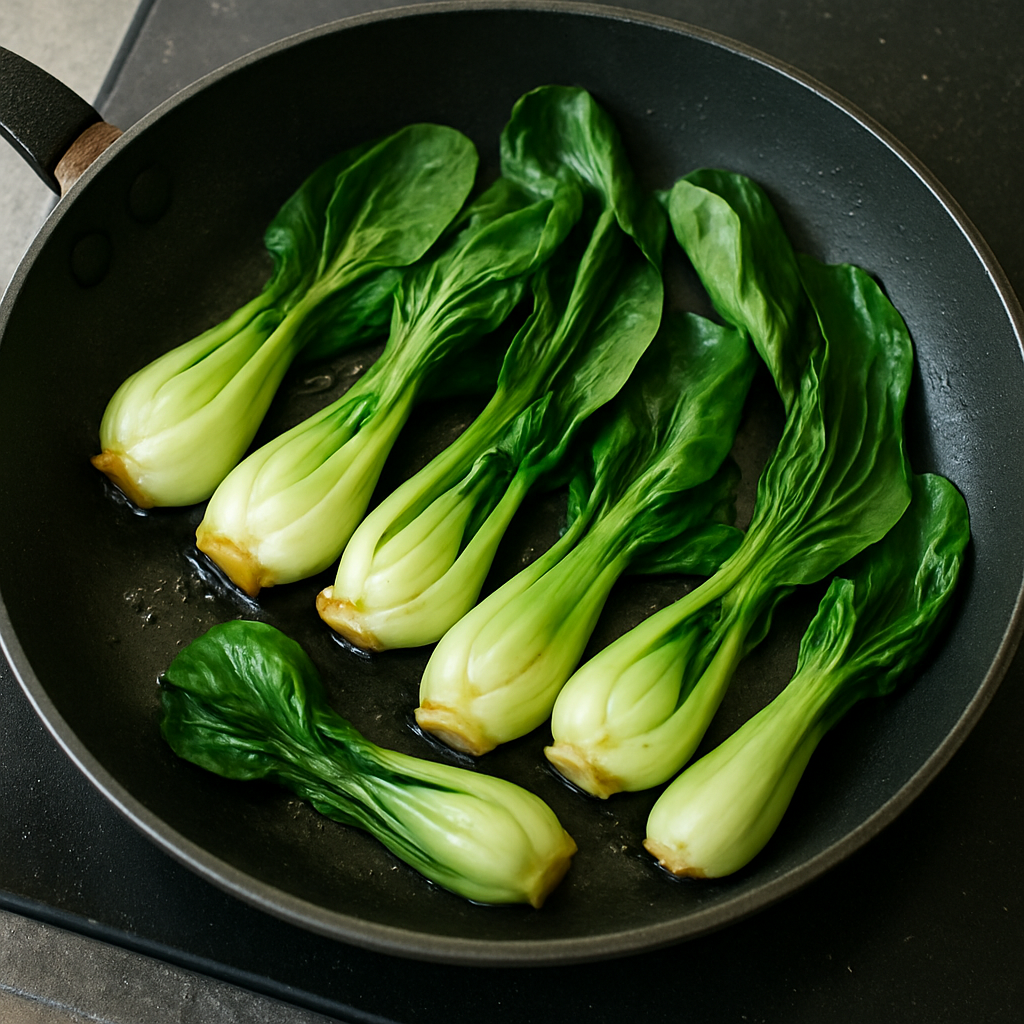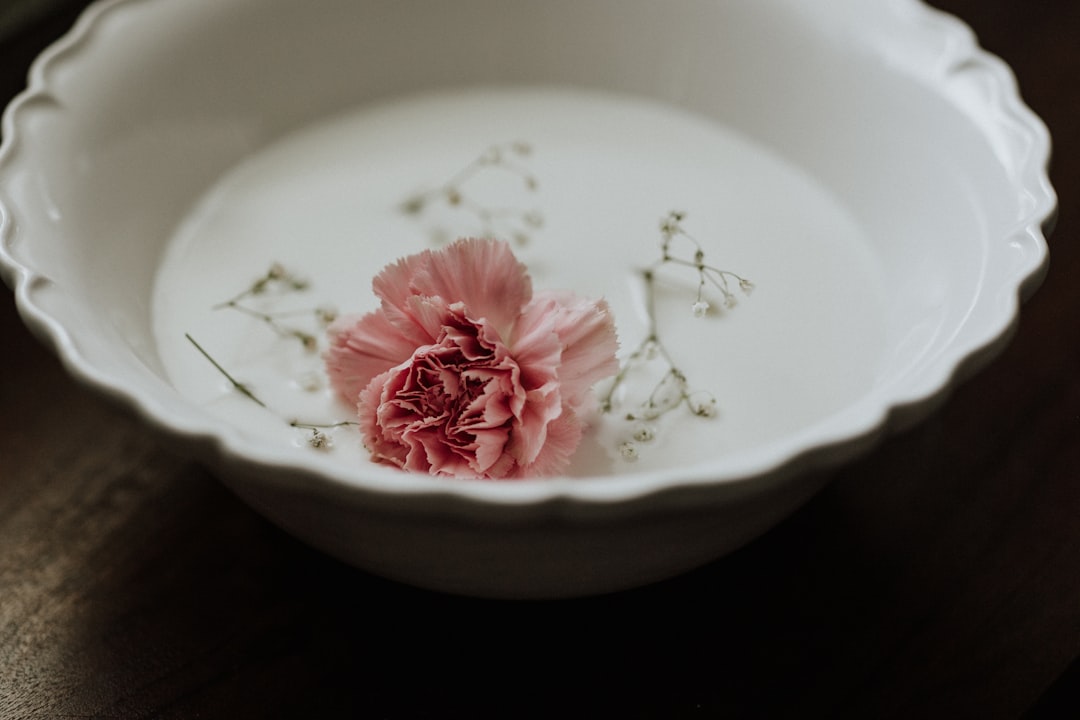Ramen, a beloved Japanese noodle dish, is celebrated for its rich broth, tender noodles, and an array of delicious toppings. Among these toppings, pak choi, also known as bok choy, is a popular choice. This leafy green vegetable not only adds a delightful crunch and vibrant color to your ramen but also boosts its nutritional value. In this guide, we’ll walk you through the steps of preparing pak choi for ramen, ensuring your dish is as delicious and authentic as possible.

Before diving into the cooking process, it’s essential to understand what makes pak choi a staple in Asian cuisine. Pak choi is a type of Chinese cabbage with white stalks and dark green leaves. It’s known for its mild, slightly peppery flavor, which pairs perfectly with the savory notes of ramen broth.
Choosing the Right Pak Choi
When selecting pak choi for your ramen, look for bunches with firm, crisp stalks and vibrant green leaves. Avoid any with wilted or yellowing leaves, as these indicate age and reduced freshness.
Preparing Pak Choi for Ramen
The preparation of pak choi involves a few simple steps to ensure it complements your ramen perfectly.
Cleaning and Cutting Pak Choi
- Rinse Thoroughly: Start by rinsing the pak choi under cold water to remove any dirt or grit trapped between the leaves.
- Trim the Ends: Use a sharp knife to trim the root end of the pak choi. This will separate the stalks and allow for even cooking.
- Slice the Stalks and Leaves: Depending on your preference, you can either leave the pak choi whole or slice it into smaller pieces. For ramen, cutting the stalks into bite-sized pieces and keeping the leaves intact often works best.
Cooking Methods for Pak Choi

There are several ways to cook pak choi for ramen, each offering a slightly different texture and flavor profile. Here are three popular methods:
1. Blanching
Blanching is a quick and easy method that preserves the bright green color and crispness of the pak choi.
- Boil Water: Fill a pot with water and bring it to a boil.
- Add Pak Choi: Submerge the pak choi in the boiling water for 1-2 minutes.
- Ice Bath: Immediately transfer the pak choi to a bowl of ice water to stop the cooking process.
- Drain: Once cooled, drain the pak choi thoroughly before adding it to your ramen.
2. Stir-Frying
Stir-frying pak choi adds a hint of smokiness and keeps the texture crunchy.
- Heat Oil: Heat a tablespoon of vegetable oil in a pan over medium-high heat.
- Add Pak Choi: Toss in the pak choi, starting with the stalks, as they take longer to cook than the leaves.
- Season: Add a pinch of salt and a splash of soy sauce for flavor.
- Cook: Stir-fry for 3-4 minutes until the stalks are tender and the leaves are wilted.
3. Steaming
Steaming is a gentle cooking method that retains the nutrients in pak choi.
- Set Up Steamer: Arrange a steamer basket over a pot of simmering water.
- Steam Pak Choi: Place the pak choi in the basket, cover, and steam for about 5 minutes.
- Remove: When the stalks are tender, remove the pak choi from the steamer and season as desired.
Adding Pak Choi to Ramen

by Priscilla Du Preez 🇨🇦 (https://unsplash.com/@priscilladupreez)
Once your pak choi is cooked, it’s time to incorporate it into your ramen. Here’s how to do it:
- Prepare the Ramen Base: Cook your noodles and prepare the broth according to your recipe or package instructions.
- Layer the Ingredients: Ladle the hot broth over the noodles in your serving bowl. Arrange the cooked pak choi on top, along with any other desired toppings such as soft-boiled eggs, sliced green onions, or marinated tofu.
- Final Touches: Finish with a drizzle of sesame oil or a sprinkle of sesame seeds for added flavor and visual appeal.
Nutritional Benefits of Pak Choi
Pak choi is not only a delicious addition to ramen but also a nutritious one. It’s low in calories yet rich in vitamins A, C, and K, as well as calcium and potassium. Including pak choi in your ramen boosts the dish’s health benefits while enhancing its taste and texture.
Tips for the Perfect Ramen Experience
- Fresh Ingredients: Always use fresh pak choi and other ingredients to ensure the best flavor and texture.
- Balanced Flavors: Adjust the seasoning of your ramen broth to complement the mild flavor of pak choi. A touch of soy sauce or miso paste can enhance the umami profile.
- Experiment with Toppings: While pak choi is a classic choice, feel free to experiment with other toppings like mushrooms, corn, or bamboo shoots to create your perfect ramen bowl.
In conclusion, mastering the art of cooking pak choi for ramen is a simple yet rewarding endeavor. With these tips and techniques, you can elevate your homemade ramen to restaurant-quality levels. Enjoy the delightful combination of flavors and textures that pak choi brings to this beloved dish. Happy cooking!“`















